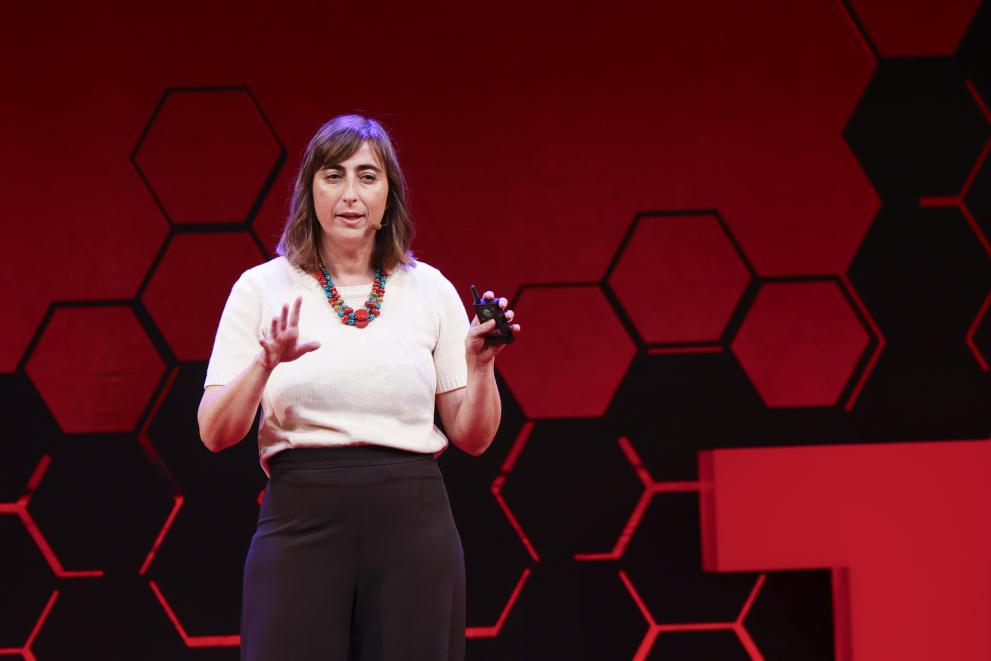
It begins with a concert in Seville. Emilia, a seasoned researcher and lifelong musician, recalls the awe of witnessing young performers in her city’s Royal Palace. A moment of harmony, yes, but also the result of endless hours of training, practice, and coordination. Music, like technology, is dazzling when it works. But it only works when there’s structure. It needs tuning, tempo, and above all, understanding of the audience.
In her TEDAI Talk in San Francisco, A Musical Approach to AI Regulation, Emilia Gómez (Team Leader in the JRC Algorithmic Transparency Unit) doesn’t just make a metaphor, she makes a case. Through the lens of music, she offers one of the most compelling explanations yet of what the EU is doing through the world-first AI regulation, and why scientific evidence must sit at the heart of it.
Artificial Intelligence, she argues, is much the same. There’s enormous enthusiasm to harness AI for good, from healthcare to education, but little patience for the difficult, often thankless work of regulation, risk assessment, and ethics. And yet, without these, the music falters.
As Emilia sees it, our approach to AI must strike a balance. Not between hype and fear, but between opportunity and responsibility, between innovation and regulation. And the way to find that balance is through science. She leads a team that contributed to the recently passed AI Act, providing scientific evidence to inform and and refine the legislation. In this talk, you can hear her reflections on how the challenges of music and policy-making overlap, and how success in both require more than just passion; it takes practice, collaboration, and an ear for nuance.
Details
- Publication date
- 1 April 2025
- Author
- Joint Research Centre
